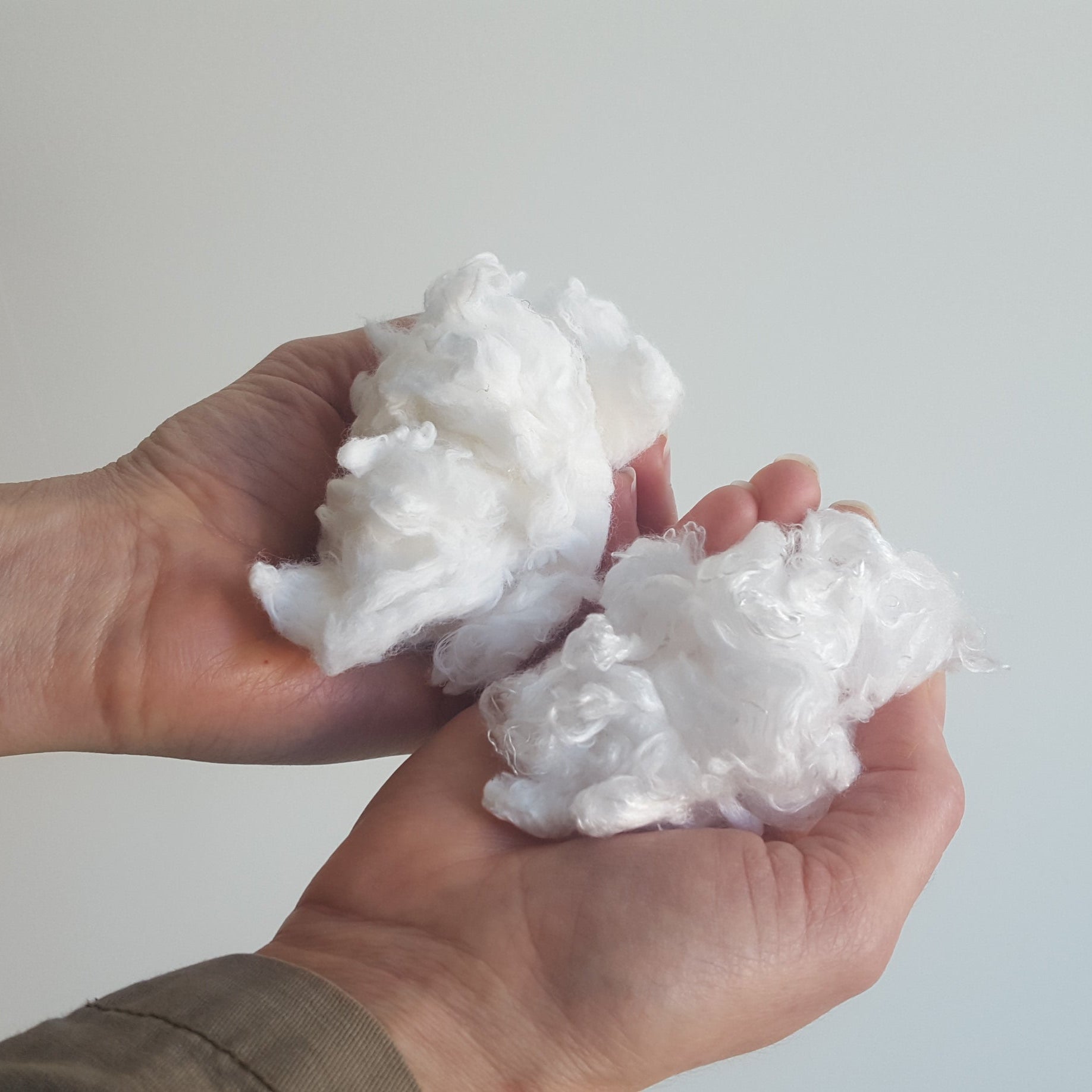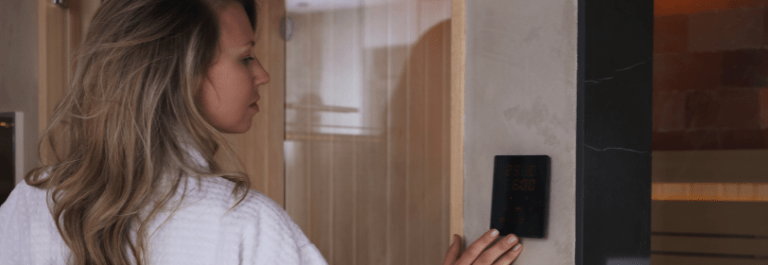If the sole of your foot is itchy, this blog post is for you. Pruritus, which is the medical term for itchiness, gives you the sensation that you want to scratch. Itchiness can occur anywhere on the body, including the soles of your feet. In fact, the feet are often prone to itchiness because they are more susceptible to sweaty situations. Read on to discover how to deal with uncomfortable sole itching.
What Causes Itchy Feet?
Foot sole itch can come down to a variety of factors such as excess moisture, dry skin, exposure to irritants, and contact with infectious bacteria or fungi. For the most part, itchy soles are not a cause for concern. However, they can indicate an underlying skin condition making it important to understand your symptoms. For example, itchy feet can indicate a deeper internal disease such as kidney disease, cancer, and thyroid gland disease.
Skin conditions can also lead to itchy feet during the day or night. These skin conditions can range from athlete’s foot, to psoriasis, to atopic dermatitis. Eczema is another skin condition that can affect the feet. In particular, dyshidrotic eczema is a type that often develops on the sides and soles of the feet. It’s characterized by small, itchy blisters. Itchy skin can also be the result of dry skin. Risk factors for dry skin include living in a dry climate, swimming in chlorinated water, age, or regular exposure to water in general.
Symptoms of Itchy Soles
In addition to itchiness, you can also expect the following changes in your skin:
- Redness
- Swelling
- Rash
- Blisters
- Cracked, open areas
- Dry, scale-like plaques
- White spots
Itching Sole of Foot Treatments
There’s no doubt that itchy feet can be uncomfortable and even painful. Here are some ways to manage itching the natural way:
Keep Your Feet Hydrated:
Treat your feet to a natural moisturizer such as this Organic Manuka Skin Soothing Cream. It’s a soothing choice for those with sensitive skin, eczema, dry skin, and psoriasis. Made with just 6 ingredients, including the ever-powerful Manuka honey, it nourishes the skin from head to toe without causing a burning or stinging sensation. We recommend applying this oil-based balm after showing to replenish lost moisture or whenever you need an extra boost of hydration.
Protect your Feet:
Protect the skin on your feet with Remedywear™ Socks for adults and kids. Made with TENCEL and embedded with anti-inflammatory zinc, these super soft socks not only act as a layer of protection, they also give the skin a boost of healing. Wear them to prevent irritation and reduce itchiness. They're a great choice for dry, itchy feet, or for those affected by eczema and psoriasis, as well as foot rashes, and athlete's foot. As an added bonus, they also reduce odor and prevent stinky feet!
Try Wet Wrap Therapy:
Wet wrap therapy is an easy at-home remedy that involves applying a natural moisturizer like the Manuka cream mentioned above and covering up with a damp layer and dry layer. The damp layer allows emollients to better permeate the skin which provides more intense itch relief. Leave the wraps on overnight or for a minimum of 2 hours. We recommend using the Remedywear™ Socks mentioned above.
How to Prevent Itchy Feet
Practicing good foot hygiene can help itchy feet and manage symptoms. Some good foot care habits include washing your feet regularly, ensuring you get the area between your toes. Use a mild soap like this Coconut and Sunflower Oil bar. Make sure your feet are completely dry before putting on shoes and socks. We also recommend wearing flip flops or waterproof shoes in shared shower facilities.










